Our Generation
Quadrophenia is about young men . . . and I do weep for young men still, because we are still struggling,” Pete Townshend—80 years old—playfully told Stephen Colbert while promoting the latest incarnation of the Who’s 1973 rock opera and 1979 film: “Quadrophenia: A Rock Ballet,” which ran last weekend at City Center.
Continue Reading

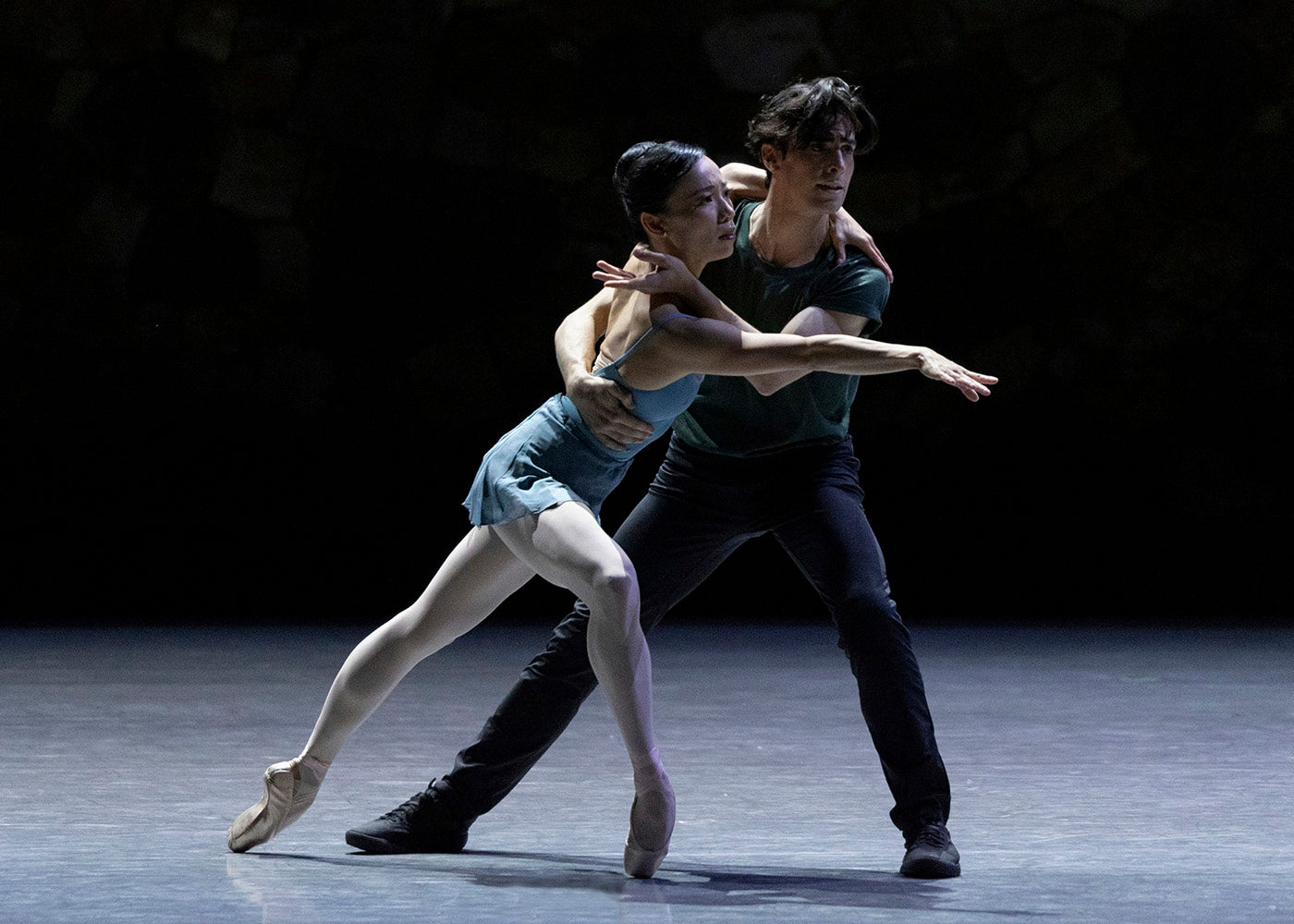


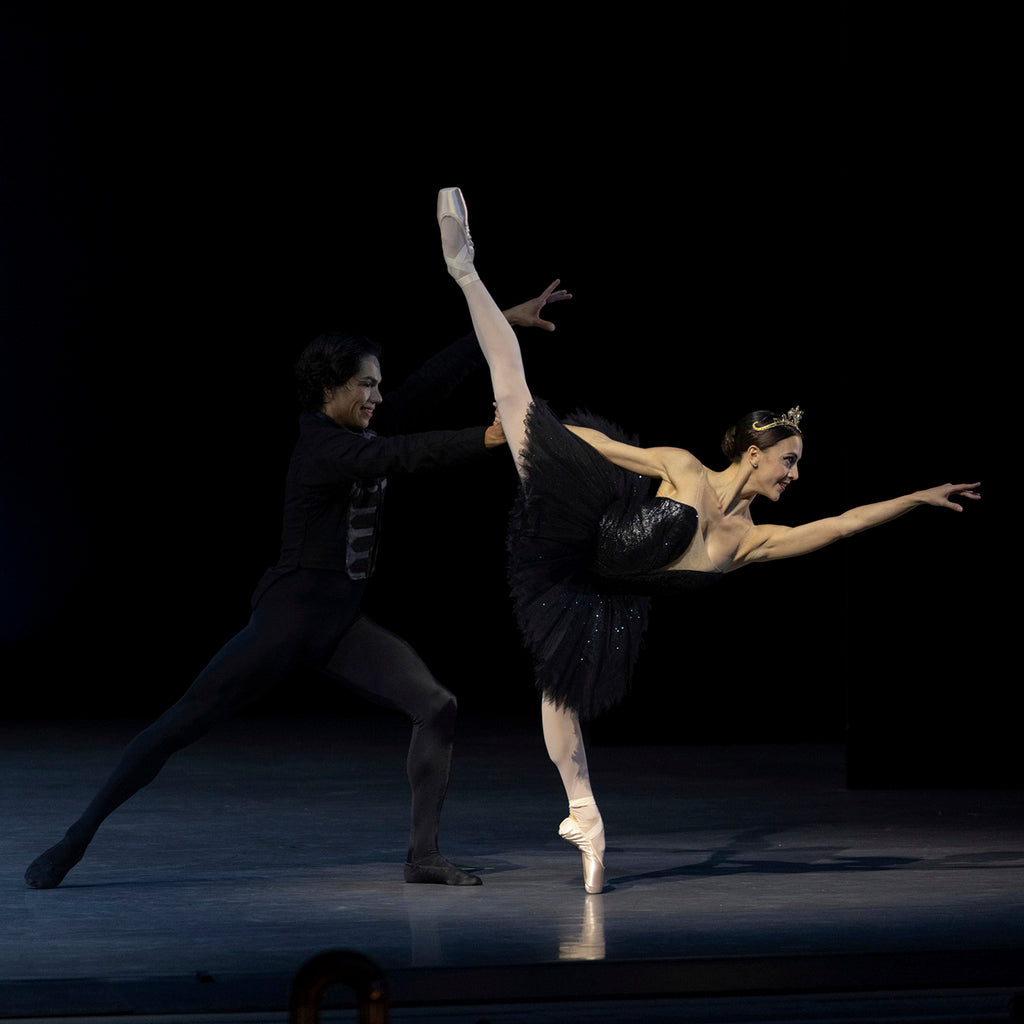
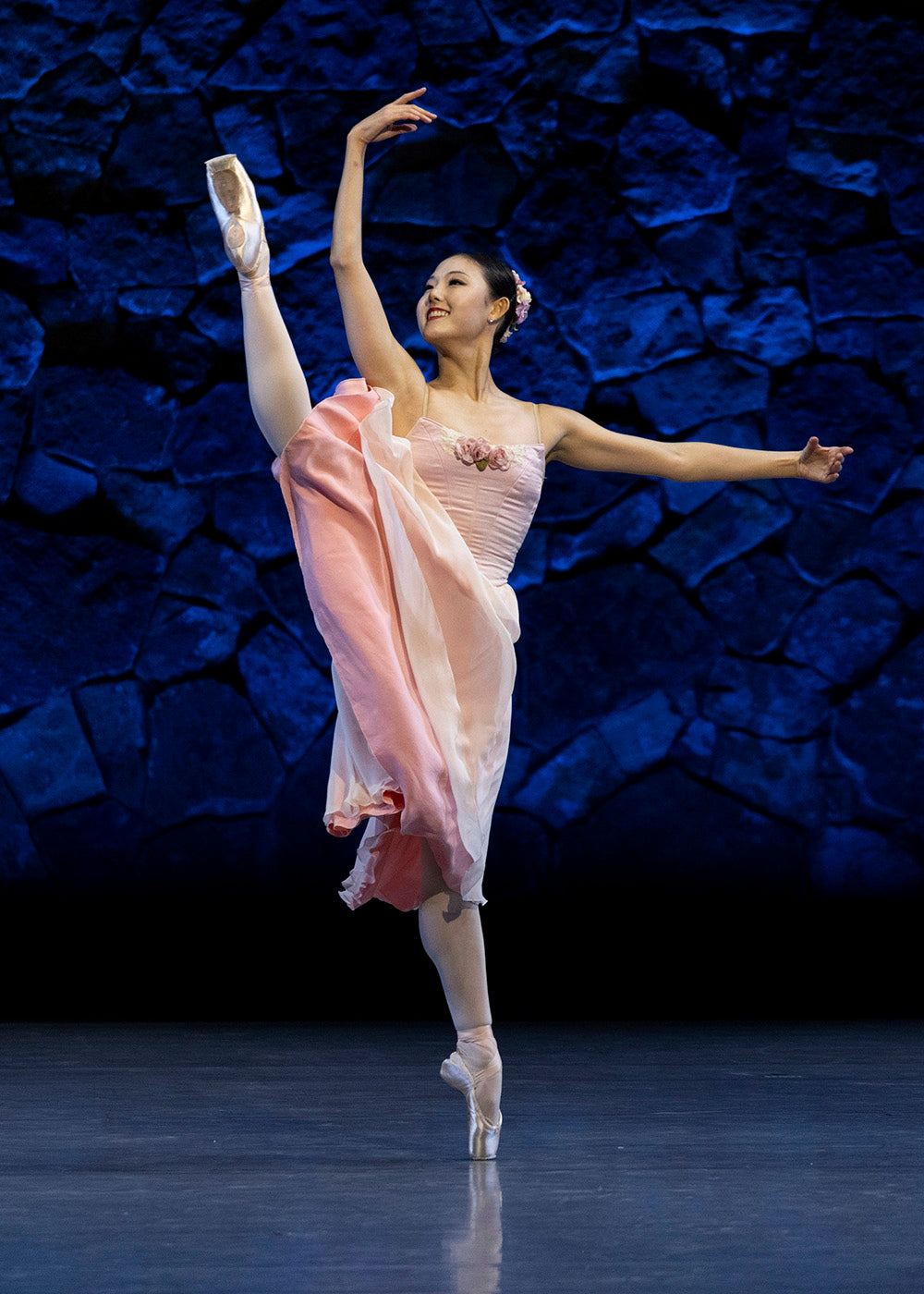
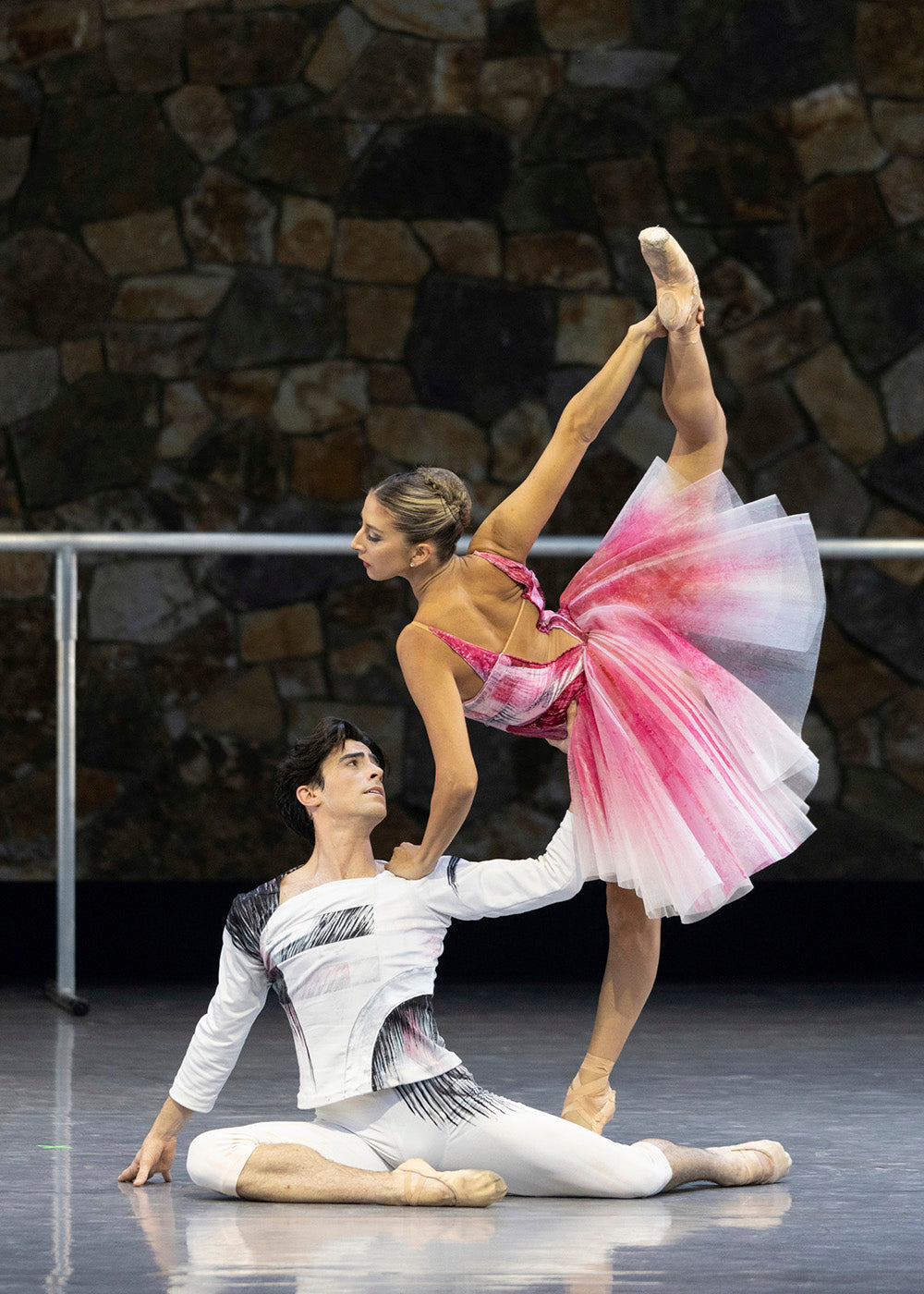
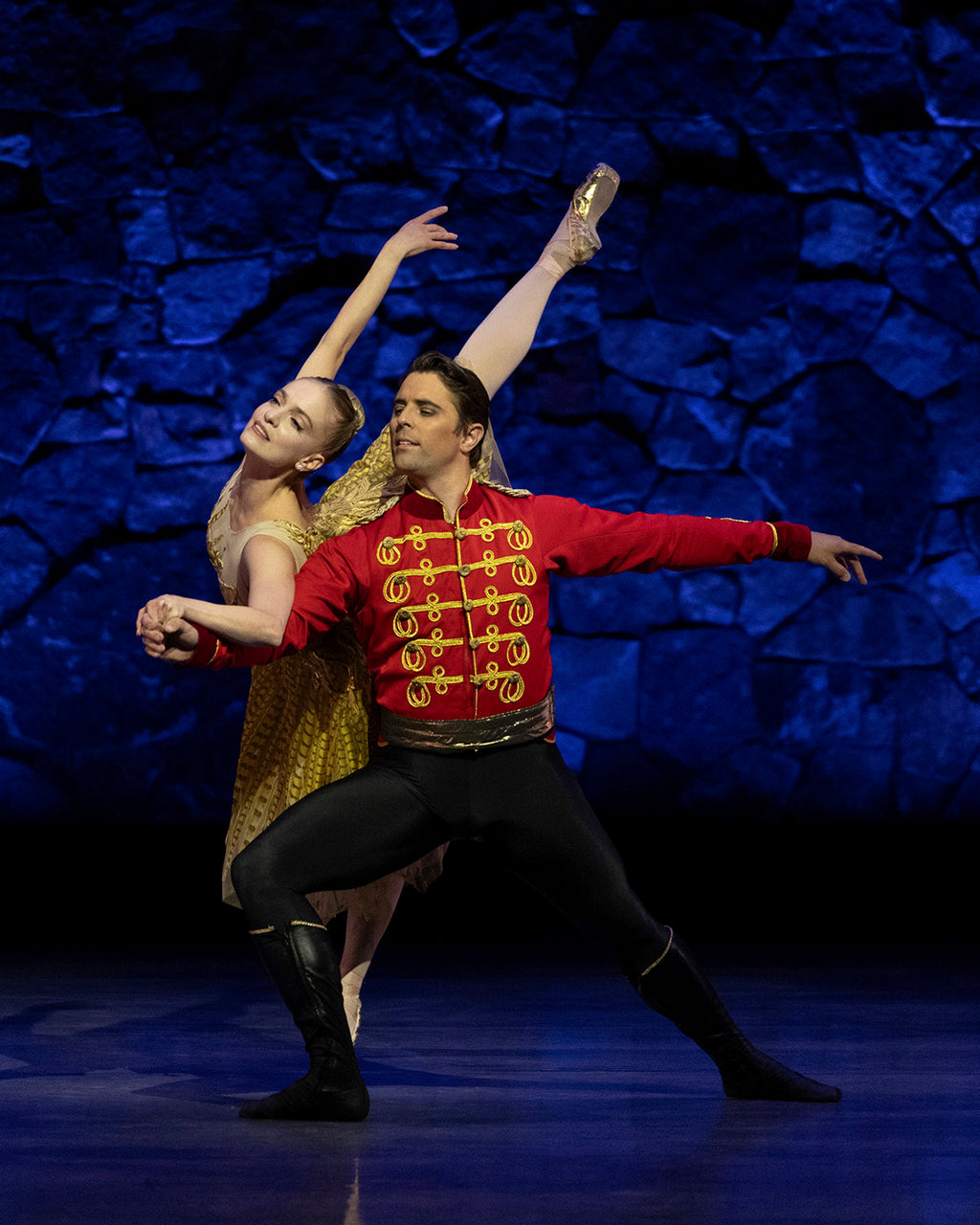
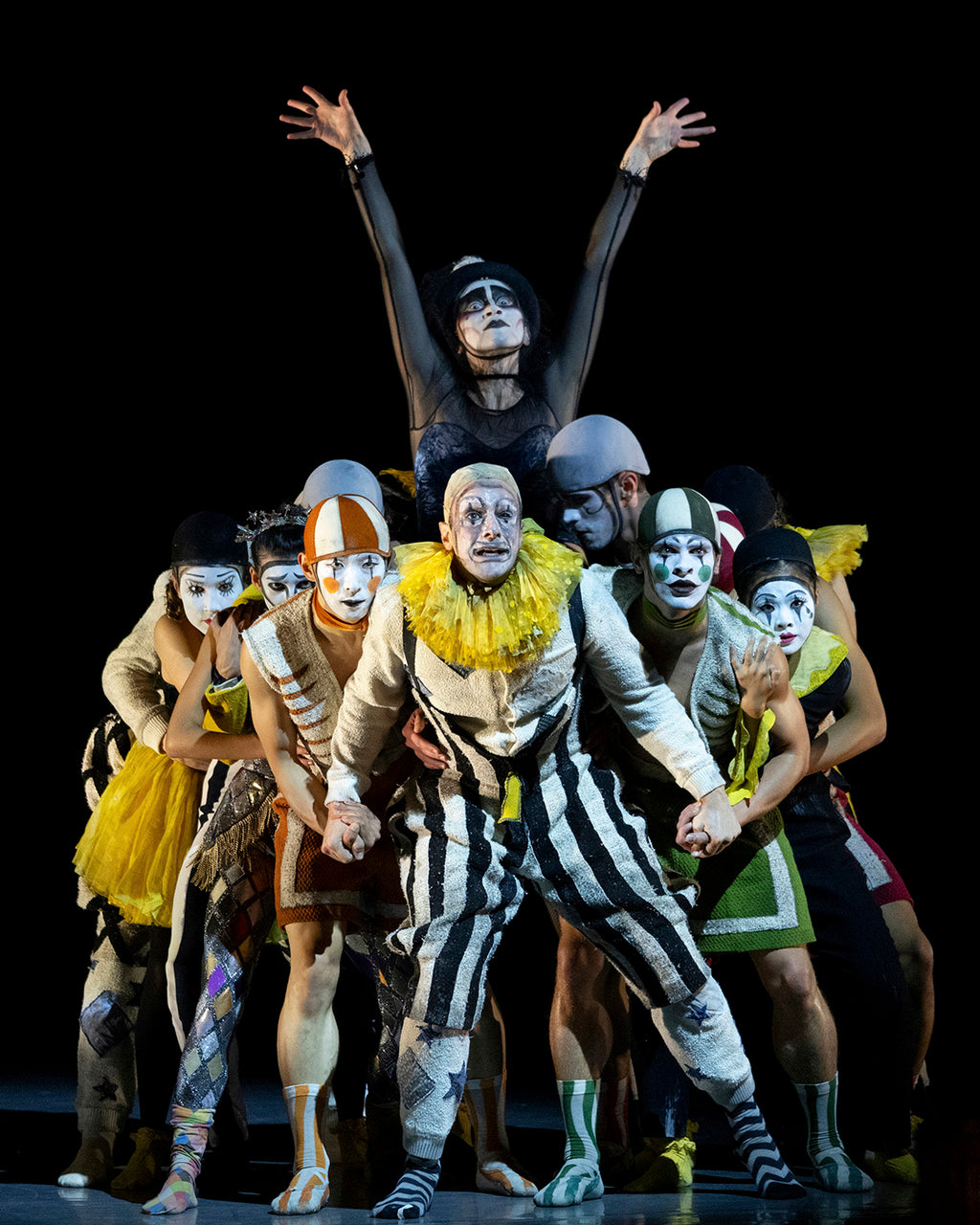




comments